Harsha Engineers premium listing on BSE, NSE: Shares end 47% up from IPO price even as Sensex, Nifty fall 2%
Harsha Engineers shares listed on the stock exchanges today at a premium to the IPO price amid weak market momentum. Shares of the company began trading on the NSE at Rs 450 per share, up 36% from the IPO price of Rs 314-330 apiece per share and on the BSE the stock debuted at Rs 444 apiece, rising 35 per cent. At the time of listing, the company had a market capitalisation of Rs 4,042.36 crore. At close Harsha Engineers share price ended 47 per cent higher at Rs 486 apiece on Monday. The company launched its Rs 755-crore initial public offering (IPO) from September 14-16 and received strong demand across investor categories. The IPO was subscribed 74.7 times. The Harsha Engineers International IPO comprised a fresh issue of Rs 455 crore and an offer for sale (OFS) of up to Rs 300 crore by shareholders and promoters.
Also read: Rupee likely to depreciate on strong dollar, bond yields; USDINR to trade with positive bias in this range
Analysts at Mehta Equities said that despite uncertainty in the equity markets, Harsha Engineers was signalling a strong debut with a significant premium over its issue price of Rs 330 per share. “Considering the excellent response from the investor category, we assume that Harsha Engineers could list around Rs 480-500 levels, which translates to more than 45-51 per cent premium over the upper end of the IPO price band,” Prashanth Tapse, Research Analyst — Senior VP Research, Mehta Equities, said. He also added that high premium listing would be justified on the back of a virtual monopolistic business model in its product segment which generated a stronger than expected investor demand with the QIB portion getting subscribed over 178x times.
Also read: Harsha Engineers, Britannia, Embassy REIT, Coal India, BPCL, State Bank of India stocks in focus
Tapse said that on valuation per se the ask price is fairly valued when compared to its industry peers. Analysts seem to be optimistic on Harsha Engineers with its dominant position and well placed to tap the growth in specialized precision components and bearing cage demand across all the industries. “We advise that allotted investors should look at booking profits for such healthy listings in the current market scenario, while risk takers can hold for a long-term perspective and if investors wish to add Harsha Engineers on listing day, it is better to wait and watch before taking any aggressive approach,” Tapse advised.
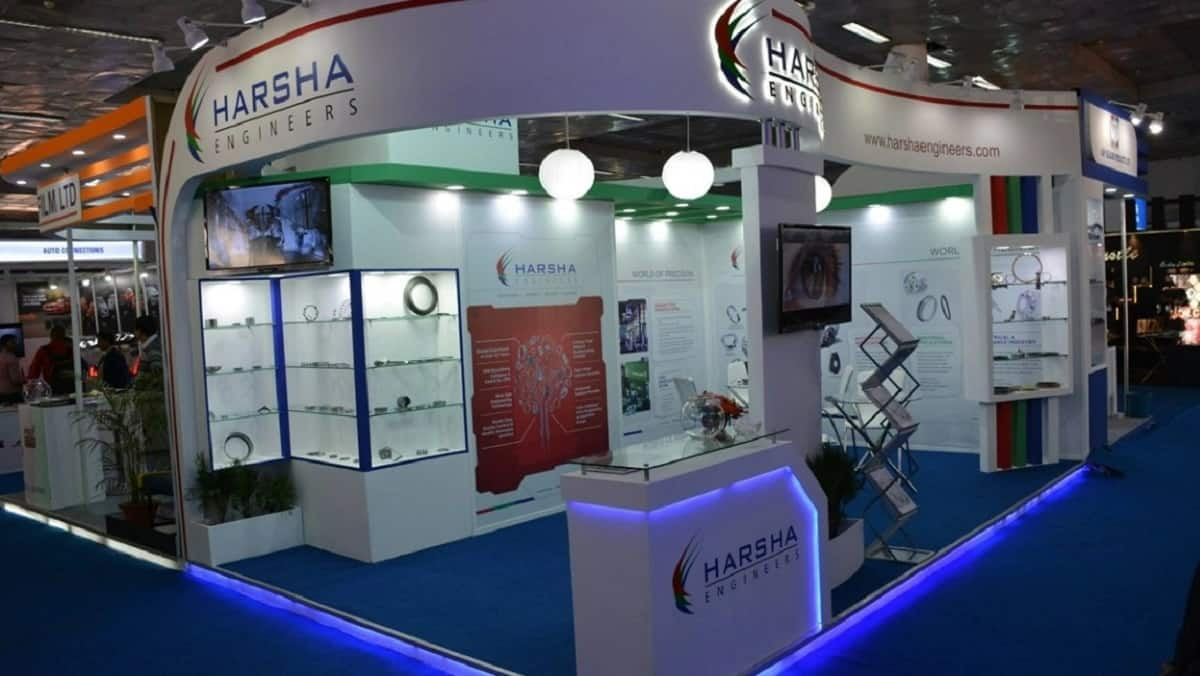
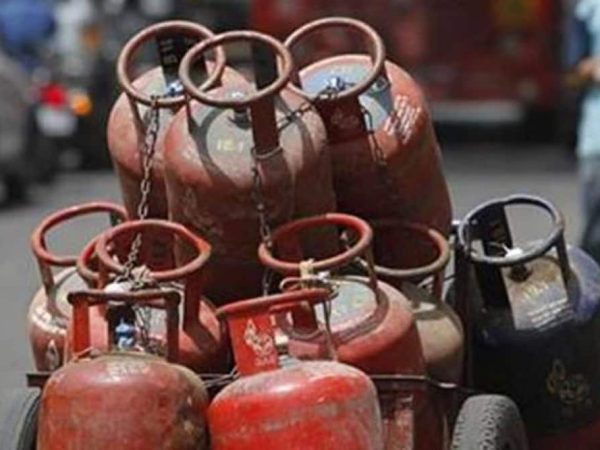
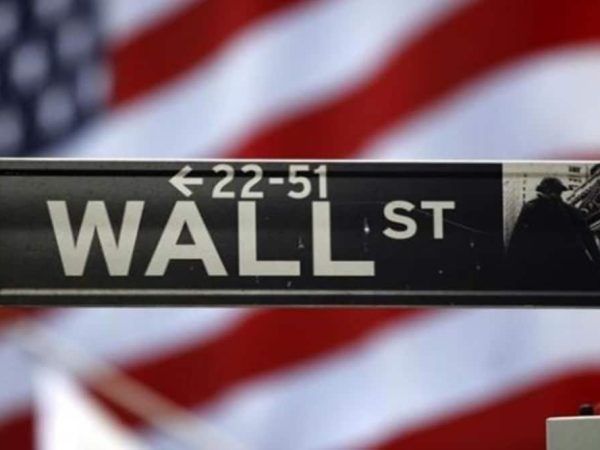
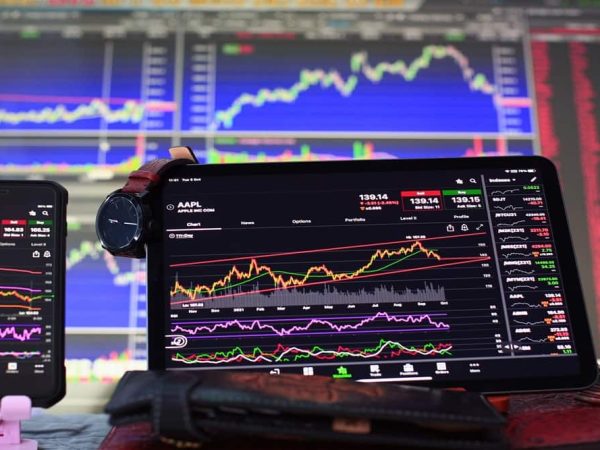
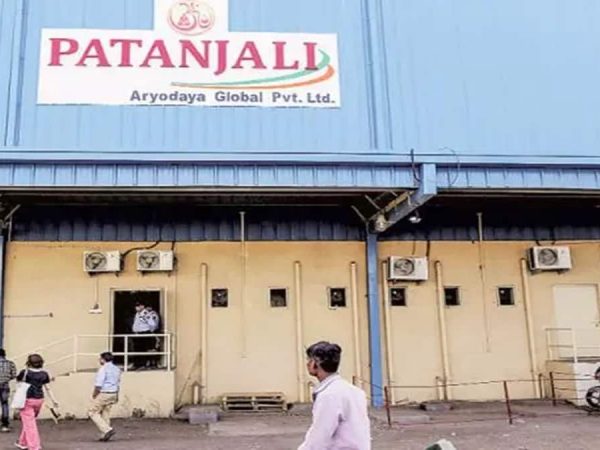
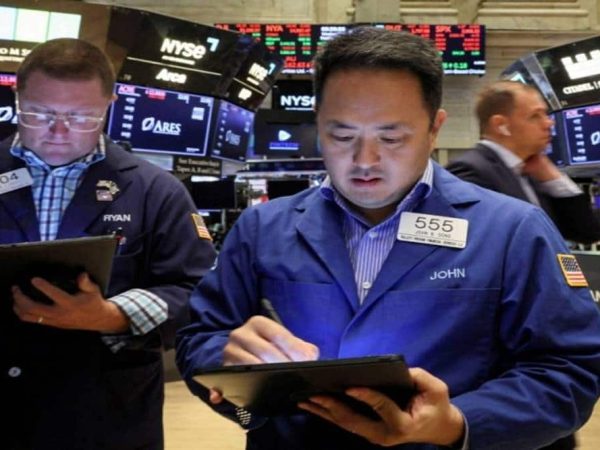
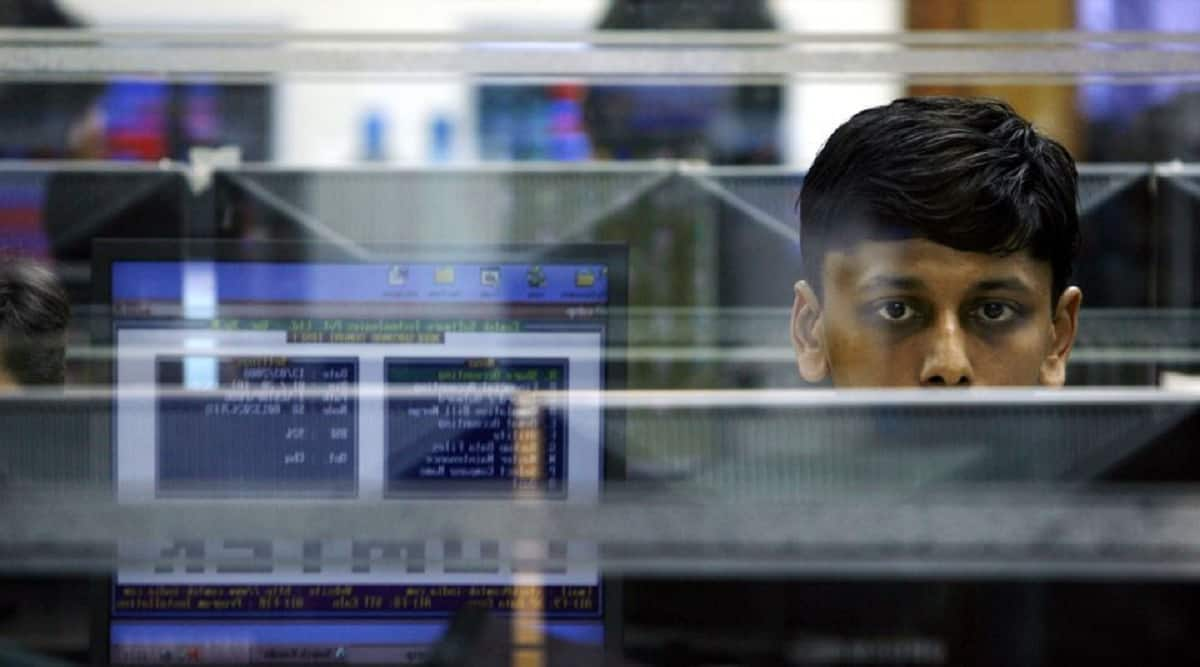
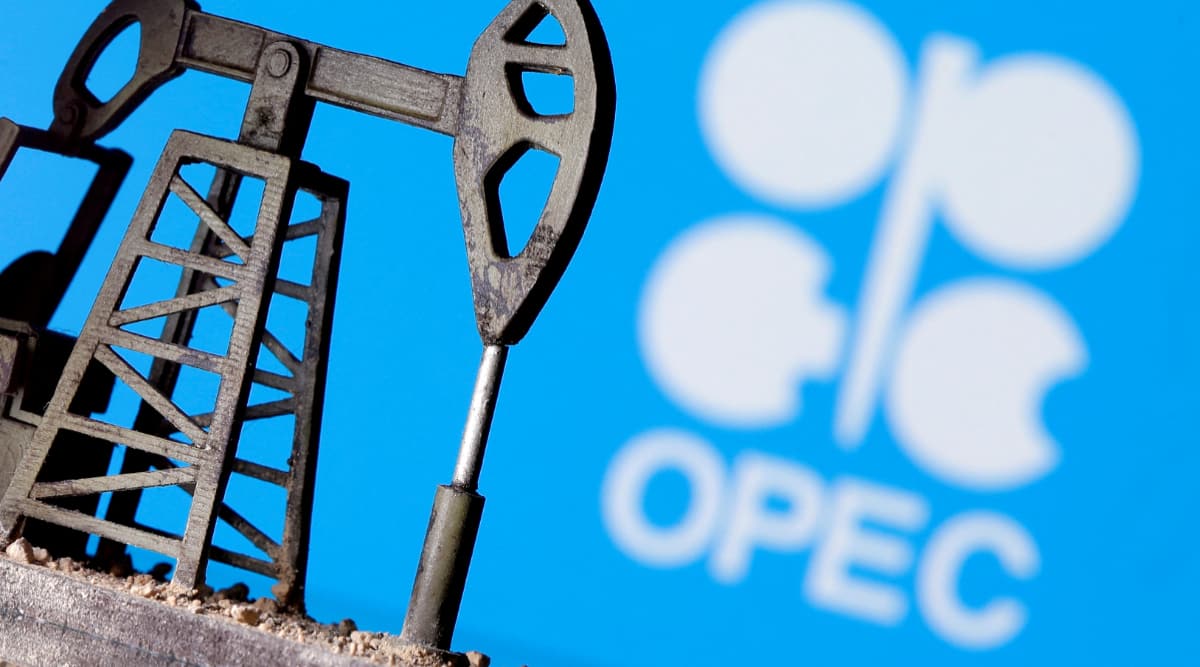
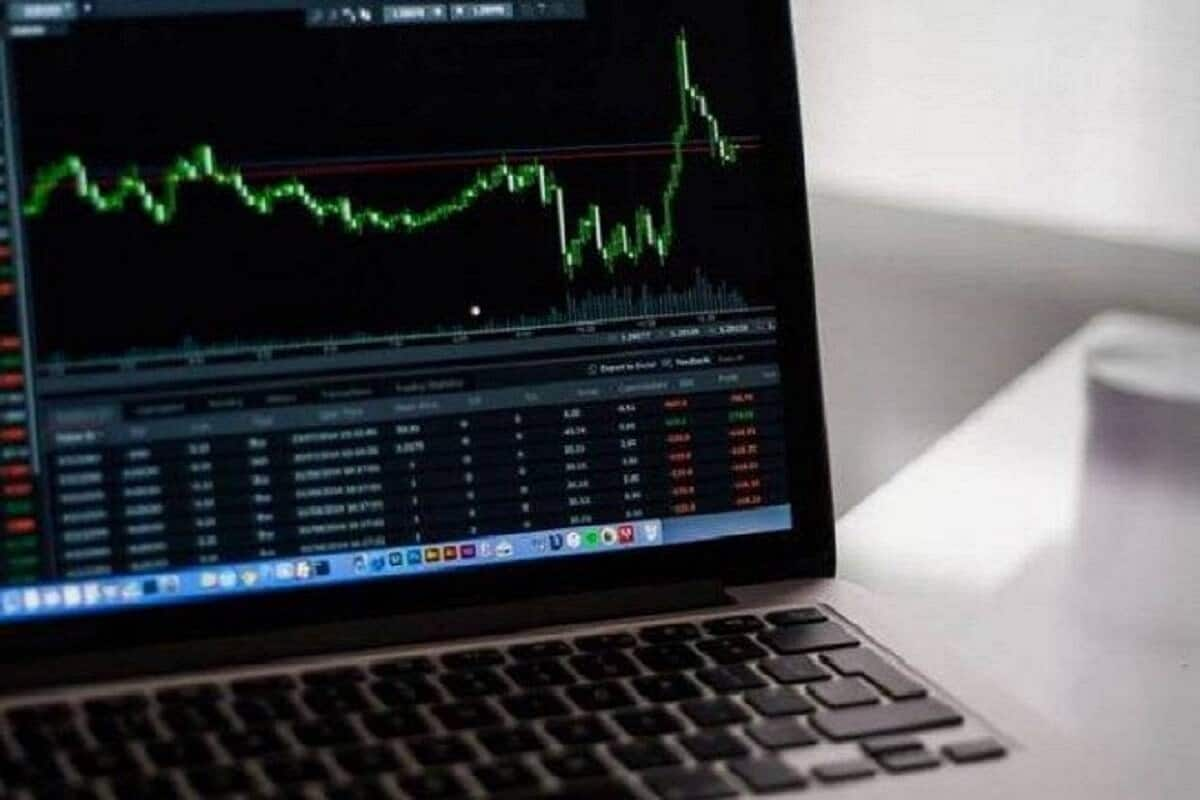
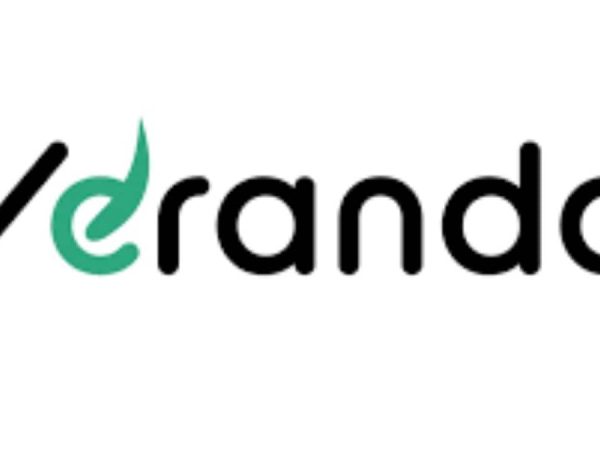
Recent Comments